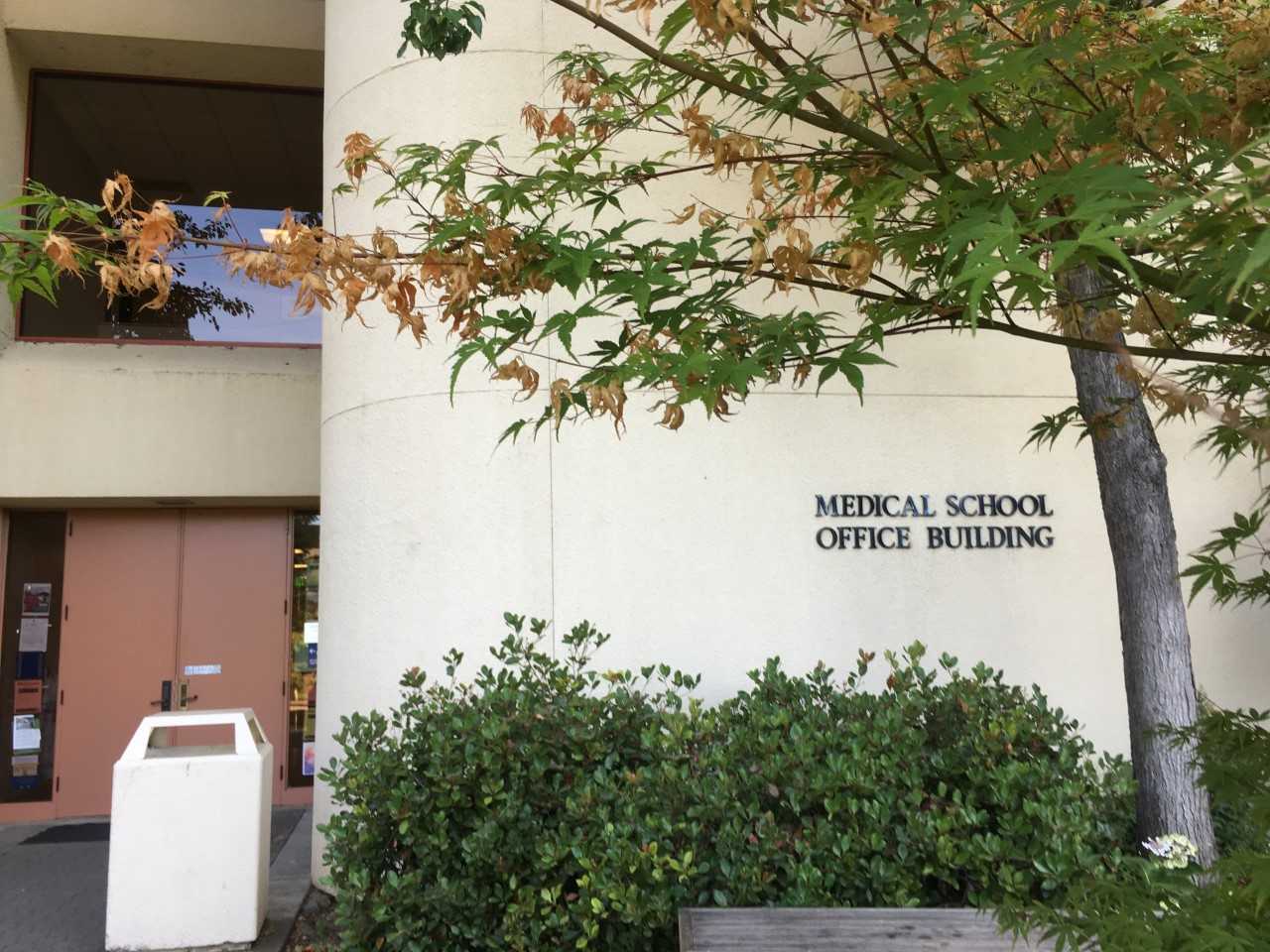While traditional medical research focuses on the prevention of disease, often through diet and exercise, the Stanford Prevention Research Center (SPRC) is taking a different approach to understanding well-being through their study WELL for Life, which advocates a holistic view of health.
“Billions of dollars are being thrown into initiatives to prevent chronic disease, such as eating healthier, but the rates of chronic disease are still going up,” said Community Partner Program Administrator Julia Gustafson. “With WELL for Life, we’re trying to take an innovative approach by focusing on the whole individual and the physical, social and emotional aspects of well-being.”
The study aims to pinpoint and weigh the importance of different factors that foster mental, social and physical well-being, and also identify genetic predictors of well-being. The evidence researchers find will be used to create interventions that improve participants’ overall health.
To get started with WELL for Life, participants take a survey called the Stanford WELL for Life Scale that assesses 10 different domains of well-being to determine where the participant needs extra support.
“The questions were well thought out, and for almost all of them I could find an answer choice that correctly represented my answer,” said participant Lisa Ruder in an online feedback form for the scale. “The survey also made me more self-aware [of my health].”
After completing this survey, participants are given access to a variety of resources to help them improve their well-being and can choose which to use based on their survey results. These resources include articles and videos created by members of the WELL for Life team, who are all certified experts in health-related fields.
Another website feature is the WELL Mini Interventions. These provide participants with the tools they need to optimize their well-being in a specific domain and can take as little as 15 minutes a day. The Get Outdoor Challenge, which aims to improve lifestyle behaviors and promote physical health, involves a series of activities such as going for a walk that participants can tick off a bingo card when completed.
Only one part of the study is not conducted online. Called the WELL biobank, its objective is to determine if there are any genetic predictors of well-being by comparing genetic samples from select participants in China, Taiwan and Singapore.
While the SPRC has been studying chronic disease prevention for the past 50 years, the idea for WELL for Life emerged about four years ago, when the research center sought to consider holistic health practices.
“We were curious as to what other factors contributed to well-being, which led us to research the 10 different domains we assess on our scale,” said program director Sandra Winter. “So far, we’ve found that social connectedness seems to be a very important factor.”
Although the study is still relatively new, researchers have made some surprising preliminary discoveries. For example, they found that people over 55 years old report higher levels of overall well-being than younger generations do.
“One of the things we think is contributing to this is that younger people are running around with kids and families, so they’re not taking the time they need for themselves,” said Gustafson.
The study has also found that the homeless population has similar overall levels of well-being to homeowners, though individual domain scores vary. Homeless people reported higher levels of spirituality and purpose, while homeowners were stronger in terms of diet and finances.
Currently, WELL for Life has about 3,000 participants. In order to reach their goal of 10,000 participants, the team hopes to increase the program’s visibility.
“Our goal is to continue the study indefinitely,” said Gustafson. “WELL for Life wants to be the one stop shop for well-being resources for individuals. We’re trying to be more than a study; we’re an initiative.”
Contact Shreya Hambir at shreyahambir ‘at’ gmail.com.
